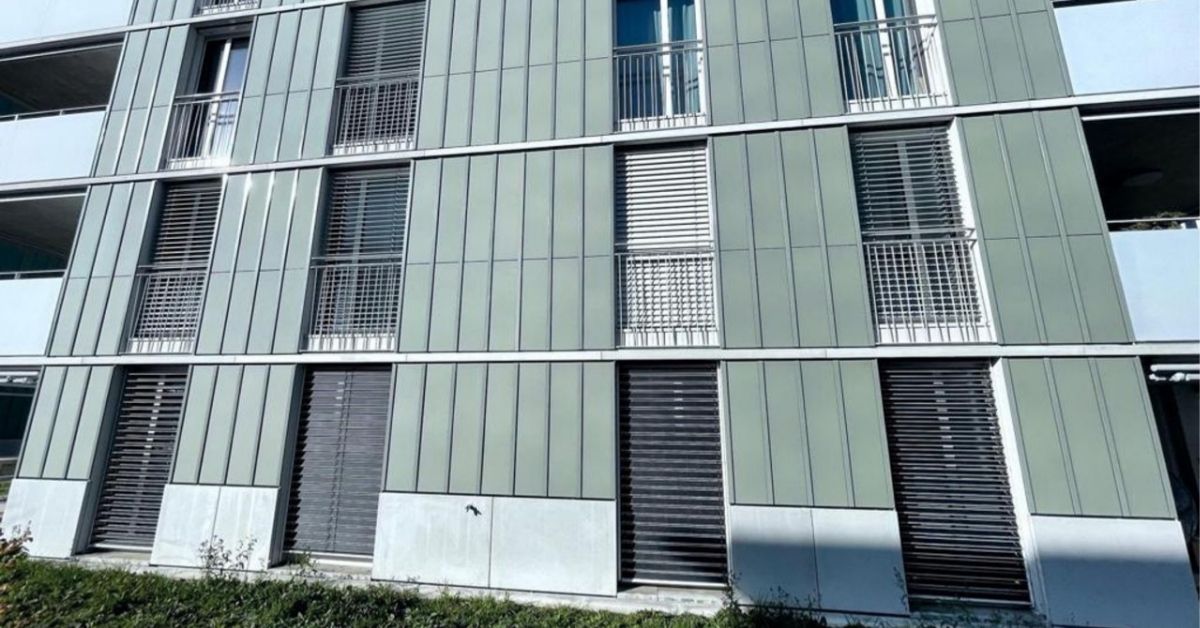Solar blinds represent a remarkable fusion of style and sustainability, combining the functionality of traditional window treatments with the eco-friendly advantages of solar energy. These innovative window coverings are changing how we think about our homes and energy consumption, offering a range of benefits extending far beyond the aesthetics of window treatments.
At their core, solar blinds are designed to tap into the sun’s abundant and renewable energy source. These blinds have specialized photovoltaic cells integrated into their fabric or slats. These cells capture sunlight and convert it into electricity, which can be harnessed to power household appliances or fed back into the grid. This fundamental feature makes solar blinds a sustainable addition to any living space, contributing to reduced energy bills and a smaller carbon footprint.
One of the primary advantages of solar blinds is their impressive energy efficiency. By generating electricity from sunlight, they help reduce our reliance on fossil fuels and grid-based power sources. This translates into long-term cost savings and a significant reduction in greenhouse gas emissions, promoting a cleaner and more sustainable environment. Furthermore, the energy generated during daylight hours can be stored in batteries for use during nighttime or on cloudy days, ensuring a consistent power supply.
The versatility of solar blinds is another key selling point. They can be seamlessly integrated into various settings, ranging from residential homes to commercial buildings. In residential applications, they provide a visually appealing way to manage natural light and maintain privacy. In commercial environments, they can be seamlessly incorporated into a building’s energy management system, further enhancing energy efficiency and sustainability. Additionally, solar blinds are available in a variety of styles, colors, and materials to complement diverse interior designs, making them a versatile choice for all tastes and spaces.
Furthermore, solar blinds excel at regulating indoor temperatures. They act as effective insulators, reducing heat gain during hot summer months and minimizing heat loss in the winter. This leads to improved thermal comfort for occupants and decreased reliance on traditional heating and cooling systems, ultimately resulting in lower energy bills. Additionally, the ability to precisely control the amount of sunlight entering a room allows occupants to create a comfortable and well-lit environment tailored to their preferences.
Solar blinds also promote energy independence. By generating power on-site, homeowners and businesses can become less reliant on external energy sources. This independence not only provides a sense of security during power outages but also contributes to the development of a more resilient and sustainable energy infrastructure.
Maintenance of solar blinds is relatively straightforward. Routine cleaning and occasional inspections of the photovoltaic cells are typically all that is needed. These blinds are designed to withstand various weather conditions, ensuring their durability and longevity.
As solar technology continues to advance, solar blinds are becoming more efficient and affordable. The integration of smart home technology allows users to remotely control and monitor their blinds, optimizing energy generation and usage. Additionally, government incentives and rebates in many regions make the installation of solar blinds an economically attractive option.
In conclusion, solar blinds represent an ingenious marriage of style and sustainability. They harness the power of the sun to generate clean, renewable energy while providing shading, privacy, and temperature control. With their versatility, energy efficiency, and potential for energy independence, solar blinds are a forward-looking investment in a greener, more eco-conscious future. As the world seeks innovative solutions to combat climate change and reduce energy consumption, solar blinds emerge as a symbol of sustainable living, empowering individuals and businesses to take meaningful steps toward a brighter, cleaner, and more energy-efficient tomorrow.

